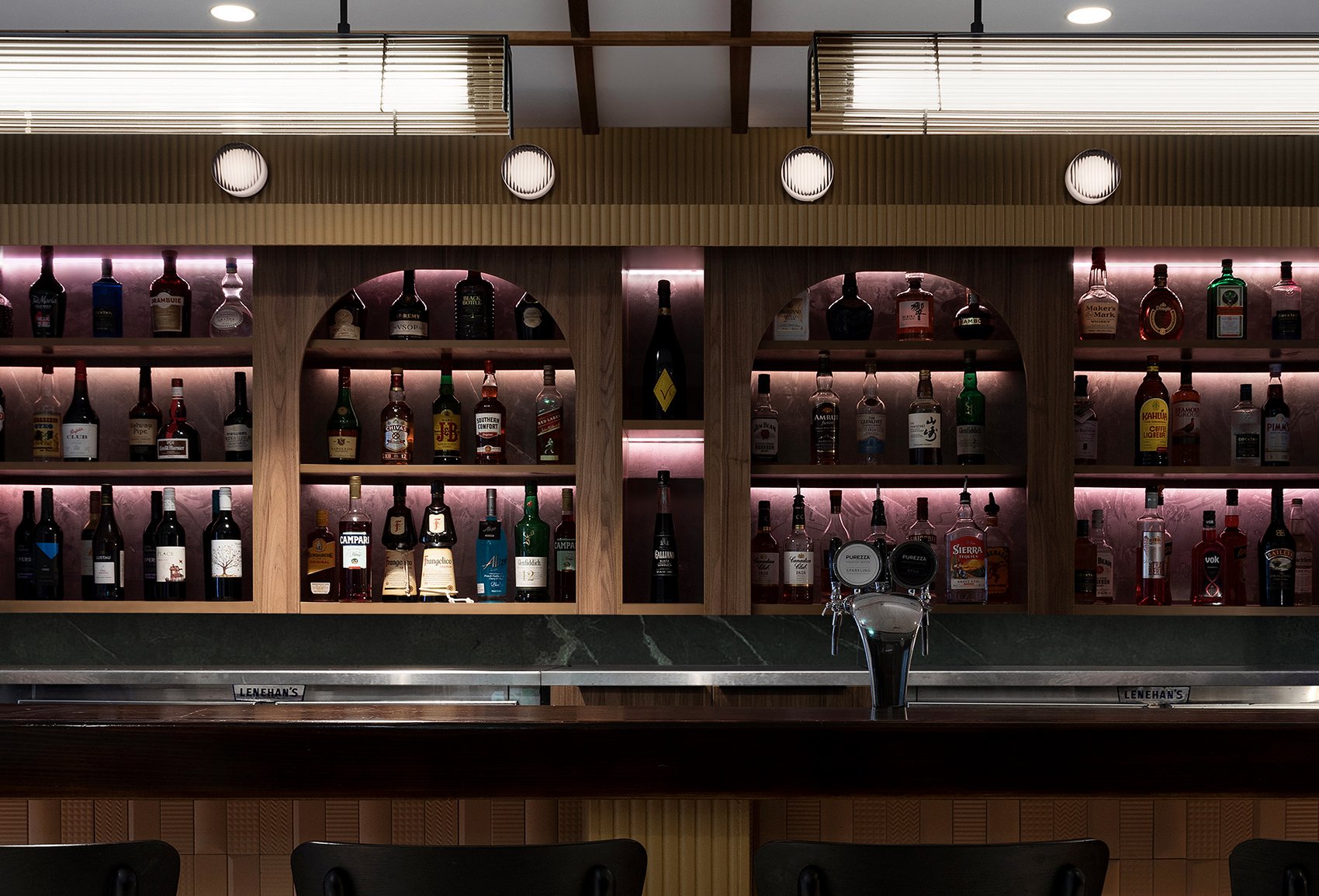The Psychological Impact of Interior Design
We often think of interior design in terms of how a space looks—the colours, the furniture, the overall style. However, the design of our surroundings goes much deeper than aesthetics. The places where we live, work, and relax can significantly influence our emotions and behaviour. This article explores how commercial interior design affects our mental and emotional well-being.
How Interior Design Influences Behaviour
Our environment plays a crucial role in shaping our mood and actions. For instance, entering a room filled with natural light and soft, gentle colours might make you feel calm and relaxed. Conversely, a space with harsh lighting and dark, intense walls could feel overwhelming or stressful. These reactions aren't random; they're a result of how the design elements impact us psychologically.
The Power of Colour in Design
Colour is one of the most influential aspects of interior design, capable of evoking a wide range of emotions—a concept known as colour psychology. For example, blue is often associated with tranquillity and is a popular choice for bedrooms. On the other hand, red can increase energy levels and is frequently used in lively spaces like kitchens or restaurants to create an energetic atmosphere.
Commercial interior designers in Sydney pay close attention to how colours affect people. They aim to create spaces that not only look appealing but also evoke specific feelings. Whether it's making a spa feel more relaxing or a retail store feel more exciting, the choice of colours plays a crucial role in achieving the desired mood.
Lighting and Its Effect on Mood
Lighting can transform the entire feel of a room. Natural light is known to improve mood and boost energy, so it's often prioritised in homes and workplaces. Artificial lighting can be tailored to create different atmospheres. Soft, warm lights can make a room feel cosy and inviting, while bright, cool lights are better suited for areas where concentration is needed, like offices or study rooms.
Designers also consider the purpose of a space when planning the lighting. In retail shops, lighting needs to showcase products effectively without being too harsh. Restaurants might use softer lights to create a relaxed, intimate setting, encouraging diners to linger and enjoy their meals.
The Layout of Space and Its Psychological Impact
The arrangement of furniture and objects in a room can influence how we use the space and how we feel within it. An open-plan living area can encourage interaction and a sense of community, making it easier for people to spend time together. In contrast, a layout with separate rooms might offer more privacy and personal space, catering to those who prefer solitude.
In workplaces, the layout is especially important. Good design can enhance productivity and comfort. For example, arranging desks to promote teamwork while also providing quiet areas for focused tasks can make a significant difference in an office environment. Best commercial interior designers strive to balance these needs to create effective workspaces.
Textures and Materials Matter
The materials used in a space engage our sense of touch and add another layer to our experience. Soft fabrics and natural materials like wood or stone can make a room feel warm and inviting. In contrast, sleek metals and glossy surfaces might give a modern, professional look but can sometimes feel cold or impersonal.
Choosing the right textures and materials can enhance the overall ambience of a space. It's not just about visual appeal but also about how the environment feels on a tactile level, contributing to our comfort and satisfaction.
Reducing Stress Through Design
Thoughtful interior design can play a significant role in reducing stress levels. Spaces that are simple and well-organised tend to promote feelings of calm and relaxation. On the other hand, cluttered and chaotic environments can contribute to anxiety and restlessness.
Minimalist designs that focus on open spaces and clean lines are often linked with lower stress levels. An uncluttered room can help clear the mind, and soothing colours contribute to a peaceful atmosphere. If you're considering redesigning your home or workplace to make it more calming, consulting with commercial interior designers near me could be beneficial. They can offer advice on creating a space that's both functional and supportive of your mental well-being.
The Connection Between Design and Psychology
Every choice in design—from the colours on the walls to the lighting and layout—has a psychological impact. Whether you're at home, at work, or elsewhere, the design of your surroundings is influencing your mood and behaviour. Next time you're in a room, take a moment to notice how it makes you feel. You might be surprised at how much the design elements are affecting your experience.
Understanding how interior design impacts us can help in creating spaces that not only look appealing but also enhance our mental and emotional health. By paying attention to elements like colour, lighting, layout, and materials, we can design environments that improve our well-being and enrich our daily lives.

